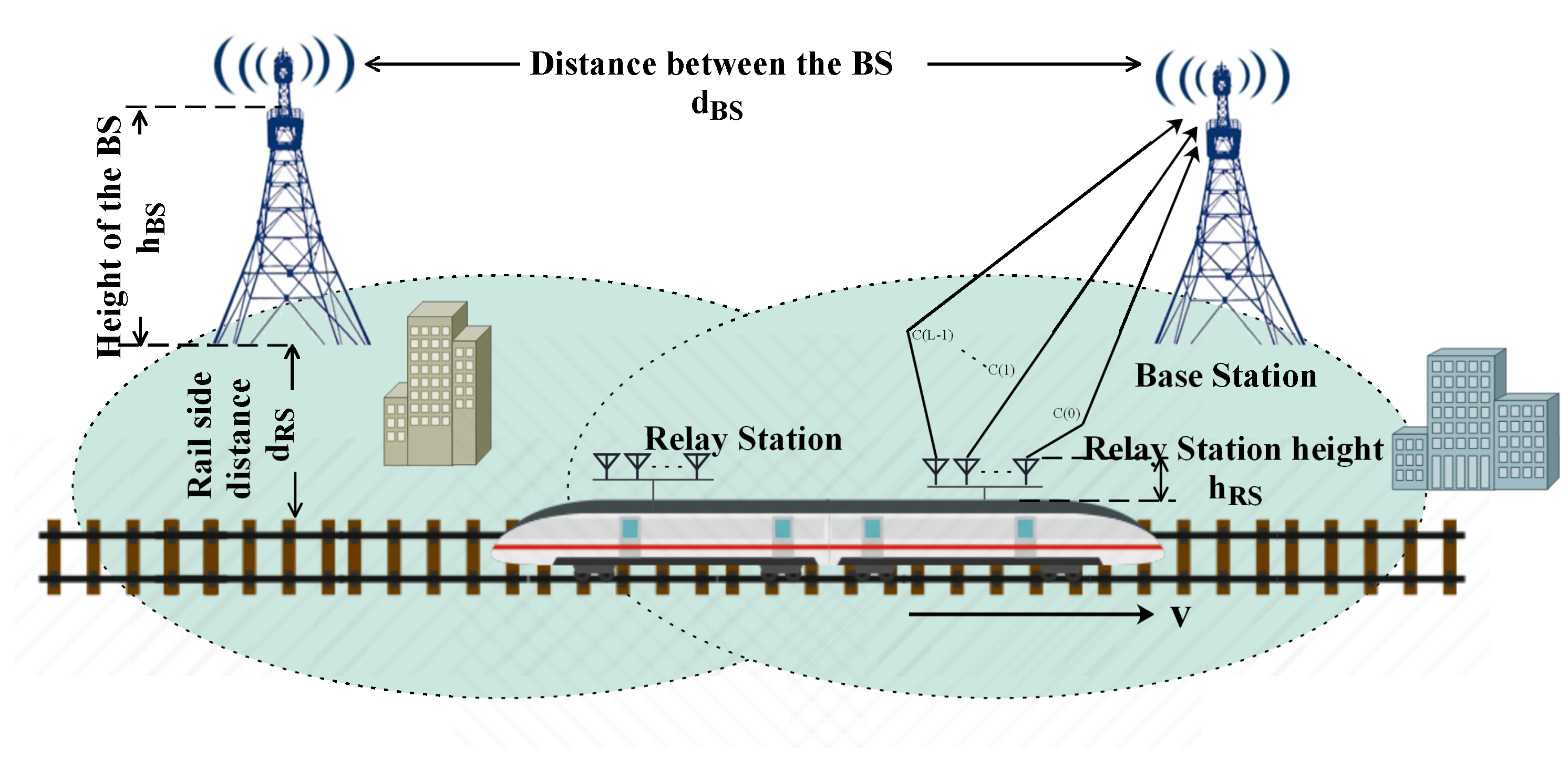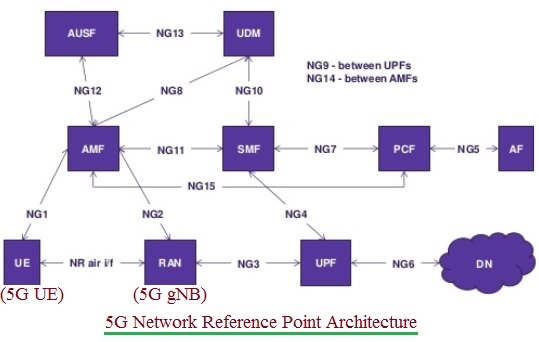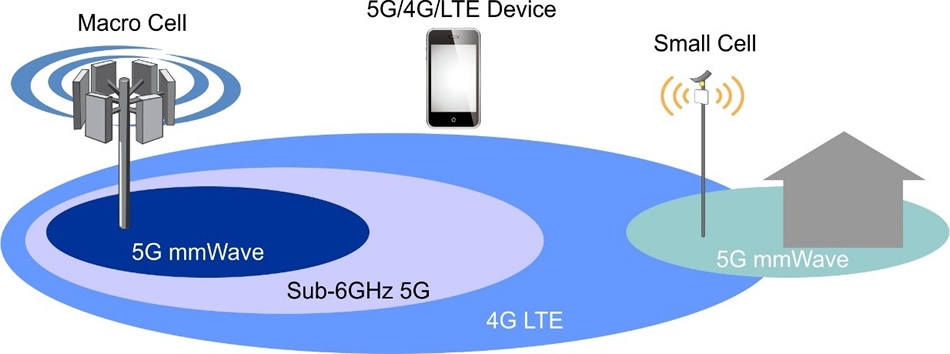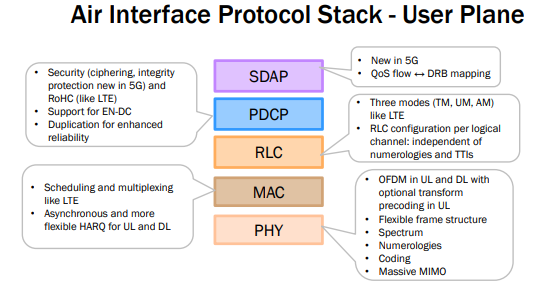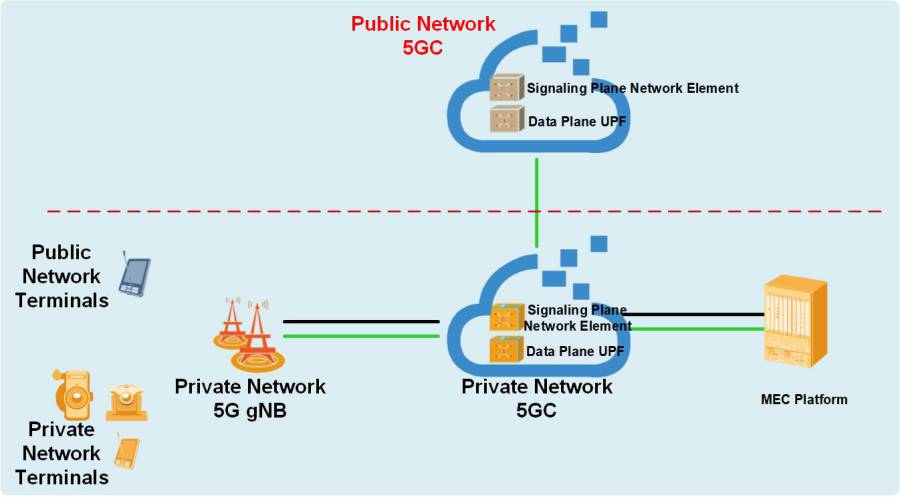
With large-scale commercial 5G deployment, the need to enable intelligent production and digital transformation using 5G has become more apparent, and 5G private networks are increasingly applied to support industry digitalization.
Industry Demand and Use Cases
In recent years, demand for 5G network applications has emerged across industries. Some mines, hospitals, and industrial parks have requested operators to deploy 5G private networks. Different industry users have varying requirements, including: placing UPF closer to the enterprise to prevent data leaving the site and protect terminal data confidentiality; localizing the 5GC control plane to keep signaling inside the site and protect terminal behavior privacy; ensuring industry production is not affected by operator network adjustments such as upgrades or migrations; enabling flexible customization of network functions; and integrating the private network with the enterprise IT network while maintaining physical isolation from external networks to protect internal data.
5G standalone private networks offer benefits such as massive connectivity, high bandwidth, low latency, and strong security. Deployment scope can be tailored to the area: closed environments such as manufacturing parks, campuses, hospitals, and mines; scenarios with strict latency, reliability, uplink rate, or data isolation requirements; and use of technologies such as network slicing, edge computing, and SDN to enable flexible network deployment and customized services. Private networks can provide localized compute resources and expose capabilities to applications, and they can interoperate with existing IT networks to support evolutionary upgrades. Therefore, building 5G private networks can meet a wide range of industry application requirements.
Overall Architecture
To meet industry needs, operators typically build separate 5G core networks for consumer (to C) and enterprise (to B) services. For certain specialized industry requirements—such as performance, data security, and terminal mobility—operators may build dedicated 5G private networks on top of existing core deployments.
Key Core Network Functions
UDM: User Data Management, handling authentication, authorization, registration, and location management.
AMF: Access and Mobility Management Function, serving as the control-plane access point from terminals to the core network, managing access and mobility.
SMF: Session Management Function, responsible for IP address allocation and management, policy control, and charging data collection.
UPF: User Plane Function, handling packet forwarding, policy and QoS processing, and usage reporting.
Three Deployment Models
Based on current industry requirements, 5G private networks can be deployed in three main ways.
1. Virtual Private Network
In the virtual private network model, the enterprise shares core network elements with the operator's 5G toB core; the enterprise does not own dedicated core elements. The core network user plane element UPF connects to the enterprise intranet via a dedicated line. Enterprise terminals subscribe to a dedicated network slice and a customized DNN (Data Network Name). When a terminal attaches, the attach request to the base station contains the slice identifier or, if absent, the core will assign the subscribed slice identifier during attachment. Data from enterprise terminals is forwarded through the operator's transport and core user plane elements, then sent via the dedicated line to the enterprise intranet.
Data in this network is protected with encryption and integrity protection. The user plane is logically isolated and traffic passes only through operator equipment, not the public internet. The interface between the core user plane and the enterprise intranet can use tunnel protocols such as GRE or L2TP to enhance data security.
2. Hybrid Private Network
The hybrid model uses 5G data steering and a flexible combination of radio and control-plane elements to build a high-bandwidth, low-latency network that keeps data within the enterprise boundary.
In this model, signaling plane functions are shared with the operator's toB public network, while the enterprise has a dedicated UPF for the user plane. The UPF is deployed locally in the enterprise data center and interfaces with the enterprise intranet via the N6 interface. Enterprise terminals subscribe to a dedicated slice identifier or DNN. During access, the signaling plane selects the enterprise-dedicated UPF based on the slice identifier, DNN, and terminal location, and establishes user-plane bearers on that UPF. Traffic to the enterprise intranet is forwarded to the local UPF and then to the enterprise intranet. For traffic destined to the public network, there are two options.
Option 1: The operator's network egress is used to access the public network. The enterprise-dedicated UPF connects to the operator network egress. After packets arrive at the UPF, the UPF routes them based on destination, or the UPF can act as an ULCL (Uplink Classifier) to classify uplink traffic and forward non-enterprise-intranet traffic to the operator public network UPF, which then forwards it to the operator egress.
Option 2: Packets sent to the enterprise-dedicated UPF are forwarded to the enterprise intranet, and public network access is performed via the enterprise's own public network egress.
3. Standalone Private Network
The standalone model uses dedicated equipment and technologies such as network slicing and edge computing to build a physically isolated, high-bandwidth, low-latency network that fully isolates enterprise user data from the public network and is not affected by public network changes.
In a standalone private network, the user plane and part or all of the control-plane functions are dedicated and localized. Depending on how signaling plane functions are deployed, this model can be subdivided into two approaches.
Approach A: Partial control-plane localization. AMF and SMF are localized and dedicated within the campus, while UDM and PCF remain with the operator's toB public network; UDM and PCF may not need to be localized.
Approach B: Full control-plane localization. AMF, SMF, UDM, and PCF are all localized within the campus. The local core is independently deployed; UDM and PCF can interface with an IoT platform responsible for user management and provisioning.
Dedicated signaling plane elements are deployed on demand inside the enterprise. The core assigns dedicated slice identifiers and DNNs to enterprise terminals. When a terminal connects, the base station forwards signaling to the enterprise-dedicated signaling plane, which establishes user-plane bearers on the enterprise-dedicated UPF. Packet forwarding follows the same logic as the hybrid model. Deployments can use single-node or multi-site disaster recovery; both user plane and signaling plane are isolated from the public network.
Comparison of the Three Models
Virtual private network is suitable for wide-area scenarios and for cases with differentiated SLA requirements on latency and bandwidth, or where some data isolation from the public network is required. This model requires no new dedicated core elements, enabling rapid deployment, flexible resource allocation, and lower build cost.
Hybrid private network is suitable for open campus scenarios, offering enhanced bandwidth, low latency, and on-premises data retention. Localized enterprise UPF reduces latency caused by multiple forwarding nodes, preserves industry resource usage, and minimizes impact on the operator network. It meets on-premises data requirements and increases data security. The enterprise-dedicated UPF can expose data scheduling and QoS control capabilities for customization.
Standalone private network is suitable for isolated enterprise campuses, providing a physically closed, high-bandwidth, low-latency network with full isolation from the public network. UPF is dedicated to enterprise users. Both user plane and signaling plane are strictly isolated from the public network. Core capabilities can be extensively opened to the enterprise, supporting higher levels of customization. User plane and signaling elements can be deployed using equipment from different vendors, giving operators and enterprises broader product choices and full control over the network.
Conclusion
Each of the three deployment models has advantages and trade-offs and is suited to different application scenarios. When planning a private network, consider the industry requirements, application scenarios, and the operator's operational and maintenance costs and complexity to select an appropriate deployment model.
5G enables diverse, complex, and customized industry applications, offering options such as high bandwidth, high reliability, low latency, and massive IoT connectivity, along with stronger data privacy and isolation and stable, controllable connectivity. As standards and products mature, 5G private networks are expected to be applied more broadly across vertical industries.
 ALLPCB
ALLPCB


